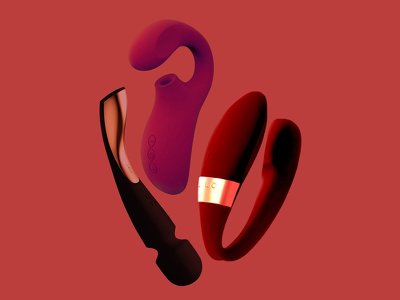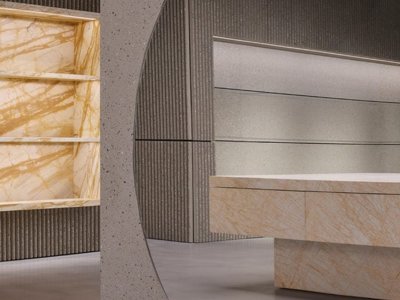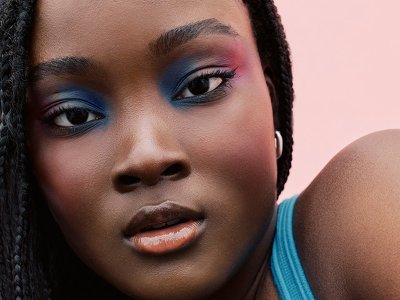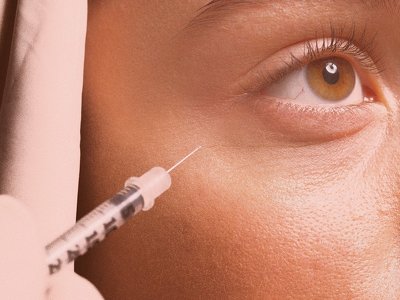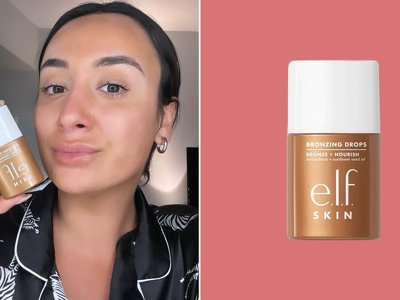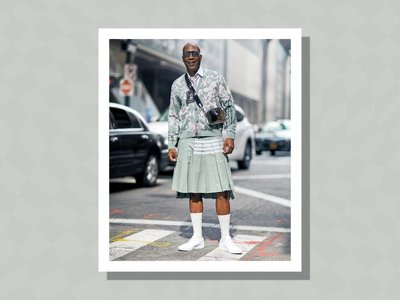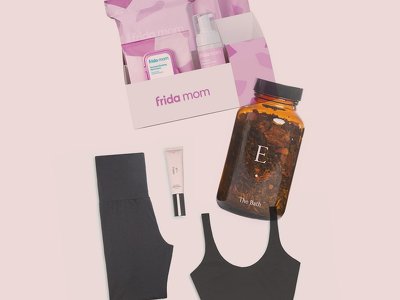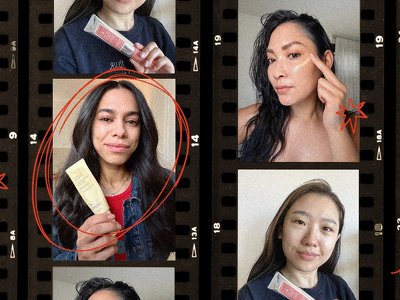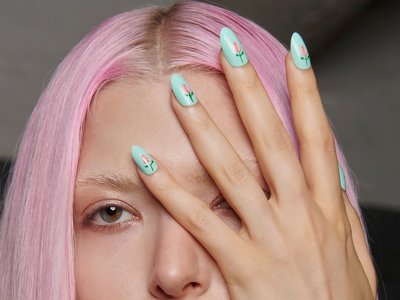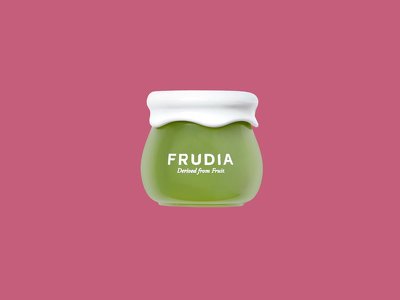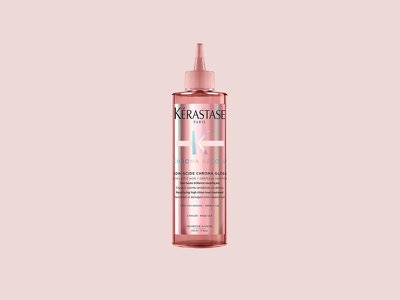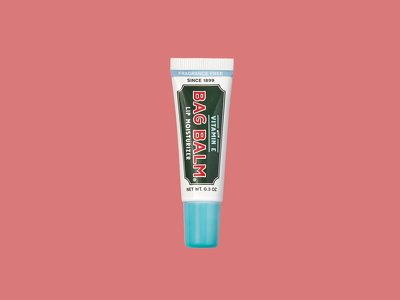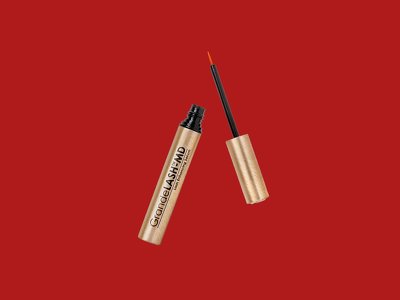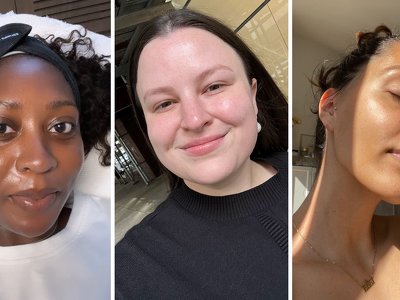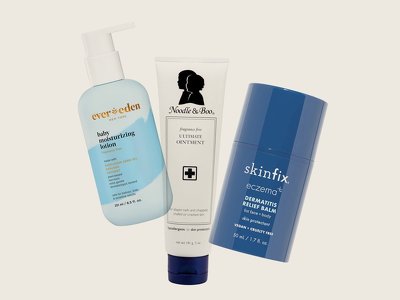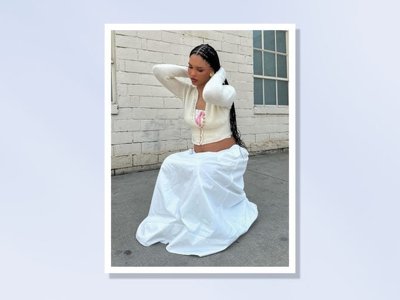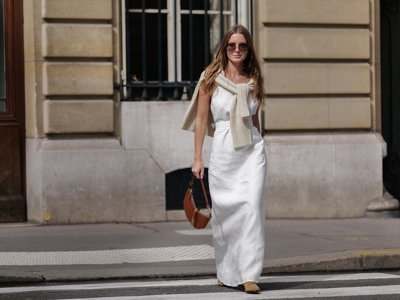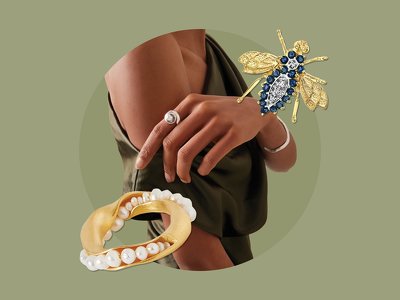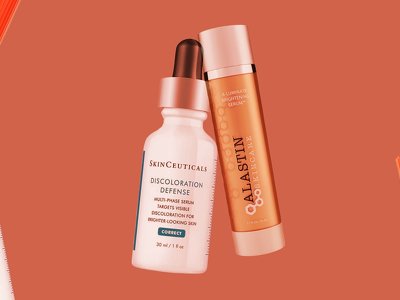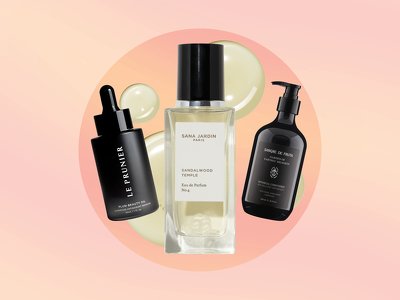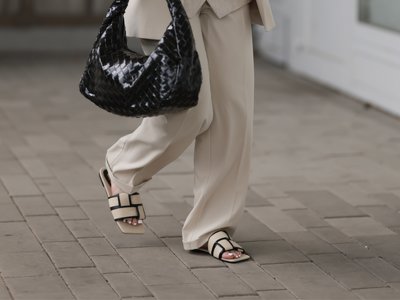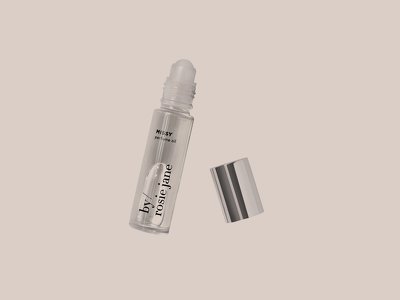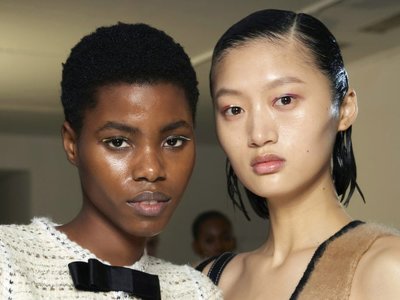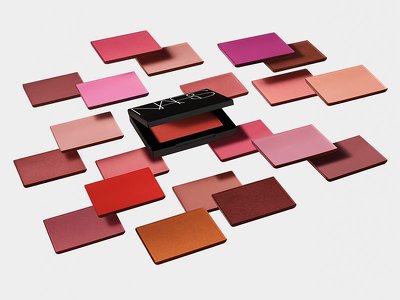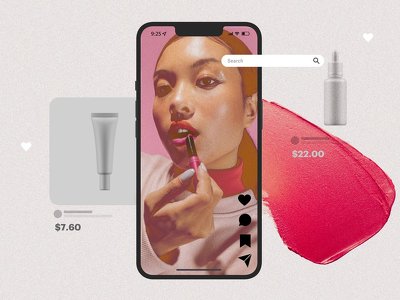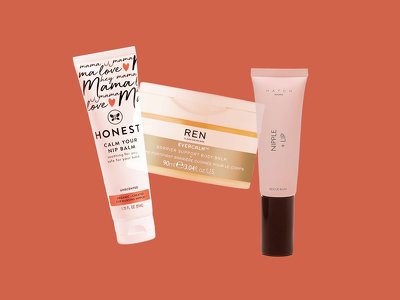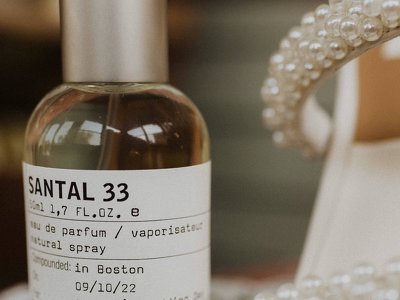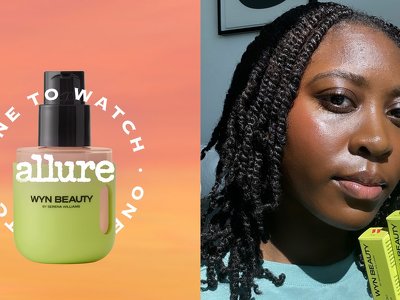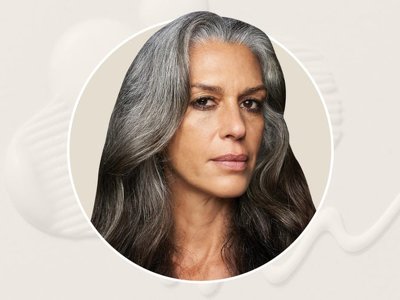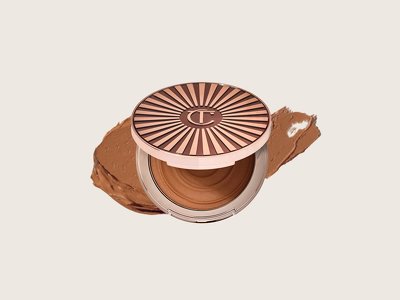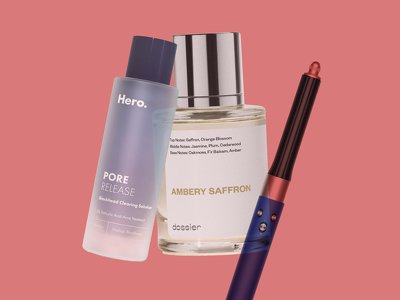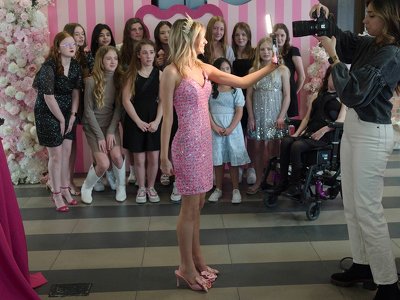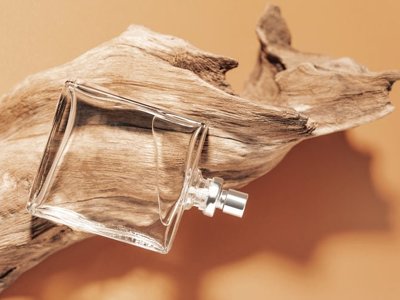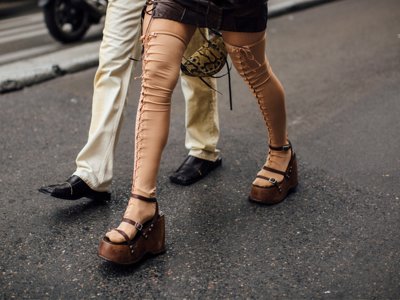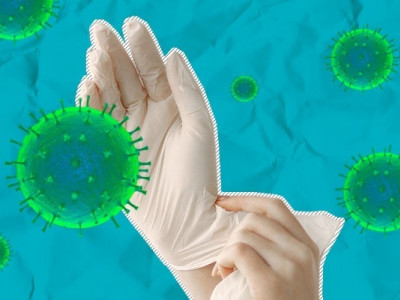A Kinder, Gentler Boob Job May Be Upon Us

Doubling down on the undetectable movement in plastic surgery, breast implant manufacturer Motiva is poised to launch a new augmentation technique in the U.S. that promises a modest size enhancement without the usual scarring, discomfort, and downtime of traditional breast surgery. Called “Preservé,” the procedure debuted in Brazil followed by 28 other countries earlier this year. Its aim is to preserve the breast’s inherent anatomy and function while delivering strategically placed volume and an understated aesthetic, using a specific style of small silicone-gel implants, alongside newly designed surgical tools.
Over the summer, 36 board-certified plastic surgeons from across the U.S. visited Motiva headquarters in Costa Rica to observe and then perform the procedure under the guidance of plastic surgeon Manuel Chacón Quirós, MD, the scientific director of the Breast Tissue Preservation Program at Establishment Labs (Motiva’s parent company). And it was a big deal: “This is the first new technique requiring training in breast augmentation in… well, I went into practice in 1995, and there has never been a time [in my career] when we’ve had to take an instructional course where we’re using entirely new concepts and instrumentation,” says Steven Teitelbaum, MD, a board-certified plastic surgeon in Santa Monica. (He owns stock in Establishment Labs and helped the company develop the protocols for its U.S. clinical trial for Motiva implants.)
Now, in advance of the official U.S. launch of Preservé in early 2026, each of those 36 surgeons is doing 10 cases in their respective practices, with the purpose of promoting the procedure and collecting data for eventual publication. I talked to seven of these early adopters—as well as surgeons who aren’t involved in Motiva’s training—to find out what might make this new technique a breakthrough in the evolution of the boob job. Here are 9 things you should know:
Tissue preservation is a concept that plastic surgeons have been discussing for decades, but it really took hold in the rhinoplasty realm a few years back before trickling down to facelifts with the emergence of the preservation-style deep plane last year. Now, the preservation conversation is all about the breasts.
Preservé is only compatible with the Motiva SmoothSilk Ergonomix (teardrop-shaped) breast implants, which the FDA approved last year, following a lengthy clinical trial that demonstrated unprecedentedly low rates of complications. (They were the first breast implants to ever win an Allure Best of Beauty Breakthrough Award.) The surface of the Motiva implant has been shown to minimize the immune response and inflammation known for triggering capsular contracture (a hardening of the scar tissue that forms around the implant) and other implant-related problems, like rupture. The Ergonomix is also made of a gel compressible enough to squeeze through the tiny incision made for this procedure.
Even prior to Preservé’s arrival, the Motiva implants had begun fueling a shift in the way some surgeons perform breast augmentation, compelling them to more frequently place implants on top of the chest muscle instead of underneath it, as has been customary for decades. (Allure reported on the resurgence of the over-the-muscle technique in 2024.) “This is the first step towards the general concept of preservation, because you’re not taking the muscle off the chest wall,” explains Daniel J. Gould, MD, PhD, a board-certified plastic surgeon in Beverly Hills.
While proponents of over-the-muscle augmentation—some of whom have been touting “breast preservation” for more than a year—avoid cutting the muscle and generally aim to minimize damage during dissection, there’s usually still an element of trauma involved. “We’re still going through ligaments… we’re still raising the fascia [off the muscle] and disturbing that layer of the breast,” says Renee Burke, MD, a board-certified plastic surgeon in South Barrington, Illinois. (The fascia is the connective tissue covering the pectoralis muscle. When surgeons position implants over the muscle, they sometimes secure them underneath this layer.)
Preservé, on the other hand, reimagines the very notion of dissection. After making a 2.5-centimeter cut in the skin of the breast fold, surgeons surrender their usual scalpels and cautery wands (which cut with electrical current) in favor of the few select tools that Motiva has engineered for the purpose of protecting the ligaments, blood vessels, and nerves of the breasts.
So about that 2.5 centimeters—that’s about 20 to 40% shorter than the 3- to 4-centimeter incision that’s typical in a breast augmentation. (For reference, 2.5 centimeters is slightly more than the diameter of a quarter.) And then there’s what typically happens after the initial cut—a surgeon doing a breast augmentation will dissect through layers of tissue to carve out a space for the implant. But even when “trying to stay in the right area and to be exact… we really have no way of knowing what we’re actually preserving and what we’re not, because we can’t always see the ligaments,” says Michael R. Schwartz, MD, a board-certified plastic surgeon in Westlake Village, California. (Dr. Schwartz is a clinical trial investigator and paid educator for Establishment Labs; he also owns stock in the company.) Ligaments can easily become collateral damage as surgeons create a pocket for the implants. In some cases, “we might be dissecting 13 centimeters across and mowing down all the ligaments to create enough space for a wide implant,” says Dr. Burke.
With Preservé, however, only one ligament is punctured, and only at the point of entry; all other tissue is spared—“we’re talking the most minimal disruption,” says Dr. Burke. Surgeons insert a narrow, blunt-tipped tool called a channel separator—“it’s designed to push the tissue out of the way,” says Dr. Burke—using it to tunnel up to the part of the breast they want the implant to occupy. They remove the rod and traverse that same tunnel with an inflatable balloon. Once surgeons see on ultrasound that the balloon is in the right spot, they dilate it. As the balloon expands, it sweeps surrounding breast tissue off to the sides, creating a pocket for the implant. (The balloon comes in different sizes, which correlate with the width of the implants.) The surgeon withdraws the balloon and then squeezes the implant in through a sterile funnel before closing the incision.
If you prefer a slightly more poetic explanation, Dr. Teitelbaum offers an analogy: “If you’re walking through a field of tall grass, you could take a machete and cut a swath for your feet as you move through or you could just put your hands up in front of you and push the leaves to the side, so they sort of wrap around your body—that’s the idea here,” he says.
Surgeons taking a wait-and-see approach to Preservé, however, don’t entirely agree with this characterization of a standard augmentation. “Nobody’s disrupting more of the breast tissue than they need to—or at least they shouldn’t be,” says Darren Smith, MD, a board-certified plastic surgeon in New York City, who has not trained on Preservé. When a conventional breast augmentation is done properly, “we’re making a pocket that’s exactly the dimensions of the implant, under direct vision, with no bleeding,” says William P. Adams, Jr., MD, a board-certified plastic surgeon in Dallas. “And that, I’d argue, is way more preserving and precise than any sort of blunt, blind dissection.” (“Blunt” refers to the lack of cutting; by “blind,” he means operating in a closed space where you can’t clearly see the anatomy. When I ask if the ultrasound makes the procedure less “blind”: “It’s better than just plain blind, but I don’t think it’s the same as looking at [the tissues] with your eyes.”) In Dr. Adams’ opinion, “there’s nothing gentle about blunt dissection—it’s tearing tissue, it’s unpredictable.” (Dr. Adams is a paid educator for breast implant manufacturers Allergan, Mentor, and Sientra. He was also an investigator on the clinical trial for the Motiva implants, but has not received training on Preservé.)
Dr. Teitelbaum contends that “Preservé is the most precise technique of all because the balloon size matches the implant and makes an exact ‘hand in glove’ pocket. It gently separates along a natural tissue plane, and inspection of the pocket with an endoscope shows it to be absolutely pristine. With no bruising and minimal discomfort, we know there isn’t tearing or trauma.”
With Preservé, surgeons’ first step is selecting an implant whose base width doesn’t breach the boundaries of what’s known as the “circummammary ligament.” Anchored atop the pectoralis muscle, this circular ligament resembles a sturdy rubberband, defining the perimeter of the breast and containing the breast tissue. “We intentionally use much narrower implants with Preservé to make sure we’re not disrupting the circummammary ligament” or the vital nerves and vessels that travel through it, says Troy Pittman, MD, a board-certified plastic surgeon practicing in Washington, DC and New York City. (Dr. Pittman is a Preservé trainer for Motiva and serves on the company’s advisory board.) Separate from the circummammary ligament, but also worthy of protection, are other ligaments that run through the breasts, providing structure and support. With Preservé, these ligaments help to buoy the implant, “keeping it right where we want it and projecting it forward as much as possible,” Dr. Gould says.
When a patient comes in for Preservé, their surgeon takes measurements, including the width of the breasts and the distance from nipple to nipple, and plugs the data into a three-dimensional imaging system, which returns a specific range of implants that will fit the person’s chest. (The largest implants allowed with Preservé are 315 ccs, but surgeons say their patients are most often choosing volumes between 150 and 265 ccs.) For each size option, there are t
- Last
- April, 28
-
- April, 27
-
- April, 26
-
-
- April, 25
-
- April, 22
-
-
-
-
- April, 16
-
-
-
-
-
- April, 15
-
-
-
- April, 13
-
-
News by day
29 of October 2025
